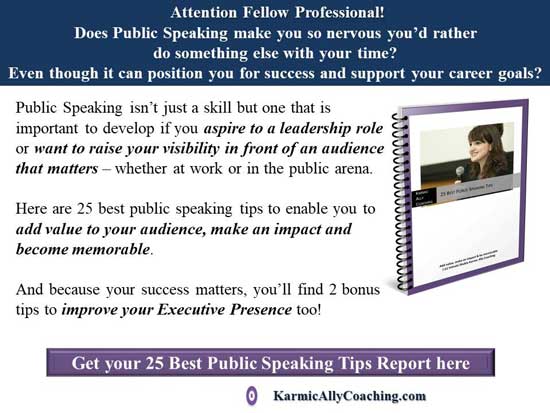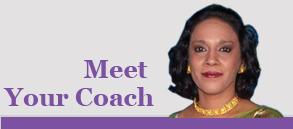This post has already been read 1860 times!

Everyone knows about personal development plans and self-improvement plans but what about professional development?
Advancements in technology, techniques, methodology and information take place rapidly. The skills or knowledge you learned earlier put you in danger of being made redundant. Unless you keep upgrading your skills and enhancing your knowledge to stay relevant.
This does not mean going out and signing up for all the training programmes that your organization offers or that appears in advertisements whether you read them in the newspapers or receive email alerts.
It means recognizing a potential competency gap, upgrading existing skill sets or learning new skills to keep up with the world and your career goals.
We all have career goals whether long term ones like retiring wealthy at 50 or becoming the CEO of our organizations within 5 years.
Simpler short-term ones could be a promotion at the next appraisal round or being made project leader for career enhancing assignments.
Over time, our needs can change which require us to revisit our career needs first.
All career goals require professional development.
Once you know your career goal, which should be SMART, compare your present skills and experience to that required for successful goal achievement.
Honestly look at your present situation. Determine if there are gaps in what you need to be able to do and what you are able to do.
Identify the skill gaps requiring to be covered by further professional development
Some questions would be:
Do I need to upgrade my qualifications or education?
Do I need to master or upgrade a particular set of skills?
Should I ask for more experience in my own department or approach my manager for a short-term secondment?
Are there in-house training programmes that cover my requirements or external ones that fit my need?
How much would the upgrade or new skills cost?
Would I be willing to invest in myself?
It often helps to talk to your immediate supervisor and peers to get feedback. This identifies developmental areas which might be visible to others but not to you.
Some professional development needs might be met through reading journals in your area of specialization, attending seminars, webinars and workshops.
Others might require further studies or going on courses. Some of these might require sponsorship from your employer to cover the cost.
Here we need the involvement of other parties such as your immediate supervisor, the Human Resources department and those who would authorize the expenditure.
Or it could be an existing skill that needs an upgrade. Like Public Speaking.
AI in 2025 means You need to make sure of job security
I wrote about leadership challenges and AI as part of my yearend series in 2023. One area where many business leaders had concerns was of the impact on the workforce.
Now, in 2025, there have been big shifts, especially in finance and IT. Downsizing IS happening.
July 2025 brought news of more downsizing on deployment of AI. This time by Tata Consultancy Services, off around 2% of its workforce over the course of FY26 got me thinking.
According to reports, this move will impact more than 12,000 employees across geographies, primarily at the middle and senior levels,
It’s also clear by now that across industries, companies are reorganizing themselves around AI. Some are doing it strategically. Others are moving fast, cutting roles, and hoping the tools will do the heavy lifting.
But here’s what’s often getting lost in the shuffle: the human impact.
People are watching colleagues lose jobs overnight. Teams are being told to “leverage AI” without clear training or guidance. And leaders are balancing a fine line between innovation and instability.
If leaders don’t guide this transition thoughtfully, they risk losing both talent and trust — not just to layoffs, but to confusion, burnout, and fear.
This isn’t just about job losses. It’s about what the future of work will actually feel like.
Will we create environments where people feel empowered to adapt and grow?
Or will we send the message that their experience is disposable?
The companies that win won’t just be the fastest adopters of AI — they’ll be the ones that bring their people with them.
Here’s what I tell anyone worried about redundancy: upskill with purpose.
Make yourself both relevant and transferable within your organization. Learn the tools. Understand the strategy behind the tools. And stay visible — not just as a doer, but as a thinker who can help others navigate change.
You need to make a business case to justify the expenditure on relevant courses
While preparing the business case make sure you are able to present the answers to Who, What, Where, Why and How questions.
If the course is relevant to your current position or will enable you to add further value to your organization, given a logical business case presentation, authorization would be possible.
Treat professional development as an investment in yourself. At the end of the day, if you do not look after yourself, no one else will.
This post was originally written in January 2013 and has been updated in July 2025 for relevance and new resources.




 I adhere to the Certified Coaches Alliance Code of Ethics and Standards. A copy is available on request.
I adhere to the Certified Coaches Alliance Code of Ethics and Standards. A copy is available on request.
 Let's Talk through the Connect Form:
Let's Talk through the Connect Form:
Hi,
I actually used the advice above, and it helped me not only to land some great assignments to further my development goals, but also get funding for a course, which otherwise would not have happened.
That is great! Congratulations. In a SMART Goal, the actions and sequence are important, particularly when there are factors outside of our control or which require support from others. Thanks for dropping by and sharing your success!